Does an effective logo require a full reveal?
Designing a logo for a startup has its own challenges. It usually services a smaller audience and has the further complication of being a ‘start-up’ so no one knows what the service or product is! Due to these issues, when researching where to start, consider a ‘descriptive’ logo. The descriptive logo helps with brand recognition, thereby establishing a ‘first-time relationship’ with the new audience. When reviewing that logo and designing for its’ brand refresh, you can also consider also a ‘simplified’ logo.
A logo design conveys a message. In this watercolor image of a woman holding a floral purse on her arm, it conveys a specific character and therefore attracts a specific audience.
There are different elements within a logo solution. Sometimes it is simply a type solution, sometimes it incorporates a graphic and sometimes it combines the two. What really matters is ultimately what in its’ entirety conveys the correct message most efficiently.
If a descriptive logo is the way to go - DO NOT make it complicated. In this same example, as beautiful as this watercolor is, it has TOO many lines, colours and ‘gestures’ necessary to transfer the idea optically to the audience quickly. The solution could be to reinterpret this imagery more simply. What are the fewest lines that convey the same message.
It is not uncommon for a young designer to be proud of their work and want to utilize their full artistic capabilities in every solution. But, within the marketing and brand design world we live in, it’s simply too much.
What is the difference between these the two main design options? The descriptive logo combines the elements of the visual with the text to help sell or communicate the ‘what’ for the audience. Simplified logos are equally valuable. They have their benefits as well. Because they are easily recognizable and very adaptable, they too are an option for creative investigation. The thing about a simplified logo solution is that since they are simple, they leave more up to interpretation for the viewer. One could argue that they allow for a broader audience?
TIP - the best solution is of course to start with your audience. But as you analyze further, a balance of simplify and complication (but not too much of either), might be your best solution.
TIP - be aware of optical confusions when developing your master design solution. for example, when designing the master logo, which is best done black on white, and then followed up with the inverse (before you show off the colour variations), even though the math and pixels are exactly the same, the ‘look’ of what the eye thinks it sees, is uncomfortable. Review this example of this phenomenon here.
‘Most people think all you need to do is change the colour to white and you’re done. But… that’s not the case. Something weird happens… the logo actually looks ‘fatter’. The contrasting difference has made the exact same logo look like it’s put on some weight!… weird right? This illusion is called Irradiation Phenomenon.’ LogoGeek - Optical Corrections Every Designer Should Know About - 09/08/16
When first designing a logo for a startup, consider a ‘descriptive one’ which helps brand recognition. When reviewing that logo and designing for its’ brand refresh, you could consider a ‘simplified one’.
2 descriptive logos:
BURGER KING uses the visual of the bun to evoke optically, the main product. DOMINO’S PIZZA uses a visual that reflects directly the name but not the product, a different tact, as to how to use the descriptive logo formation. (the effect of colour and type choice not discussed at the moment)
2 simplified logos:
CASPER (the sleep products company) uses the purity of the text with a simple added ‘flourish’ on the C to designate the bed/mattress comfort.
HP (computers/computer-related products) uses simplicity of the text by italicized and ‘gapping’ like coding one’s and zero’s to create a feeling of the electronic and sustainable future (for their specialized Spectre brand products).
When designing a logo for your client it is primarily about their audience, remember. Once that is acknowledged, the decision to research and go in either one of these two directions can be confusing. Offer flexibility and adaptability for your client’s logo, that would be the simplified direction. But, you also want to acknowledge that the market tends to recognize more easily the symbolic nature, which comes from a more descriptive logo.
I purpose that you combine the two. Notice the Casper logo ‘plays’ with the top of the C and ‘sweeps’ its’ top and final stroke in a comfortable somewhat irregular (not straight) linear movement. This combines the simplicity of the typestyle with a subtle tweak which is visual and will resonant recognizably as a specific visual, for the audience.
I leave you with a logo we all know well Sony, and ask you to consider, what they could yet still do better! I know what I would do.
— the brand auditor —







